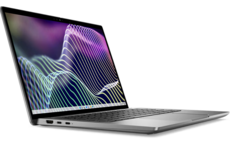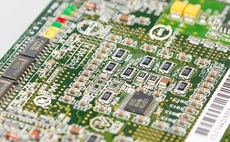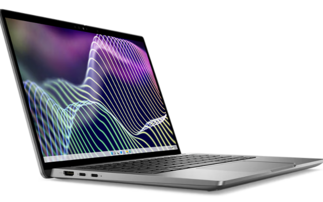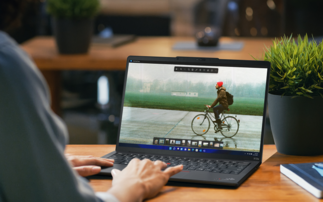The Gigabyte U2442F comes from a company better known for its motherboards. But is this pricey "Ultrabook" worth the £999 that it is asking? Graeme Burton investigates
Gigabyte is probably best known for its motherboards, graphics cards and other PC components. But the company is now branching out into finished hardware and, with a well-deserved reputation for pr...
To continue reading this article...
Join Computing
- Unlimited access to real-time news, analysis and opinion from the technology industry
- Receive important and breaking news in our daily newsletter
- Be the first to hear about our events and awards programmes
- Join live member only interviews with IT leaders at the ‘IT Lounge’; your chance to ask your burning tech questions and have them answered
- Access to the Computing Delta hub providing market intelligence and research
- Receive our members-only newsletter with exclusive opinion pieces from senior IT Leaders



















